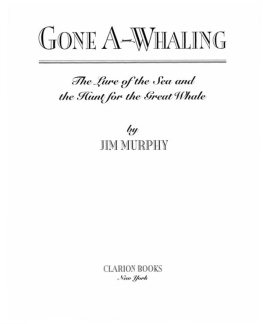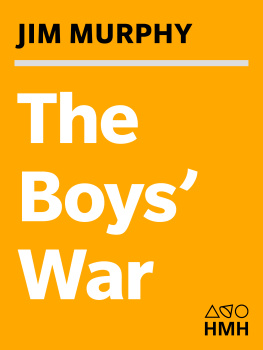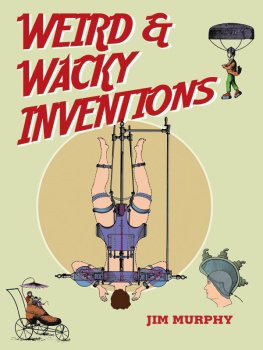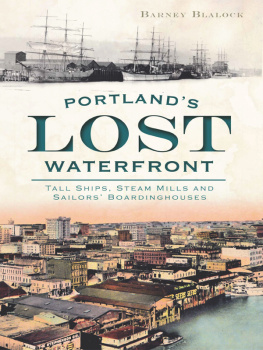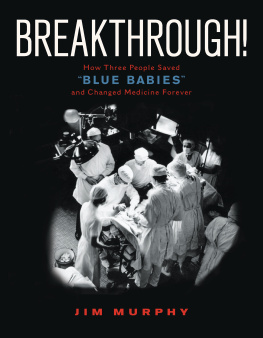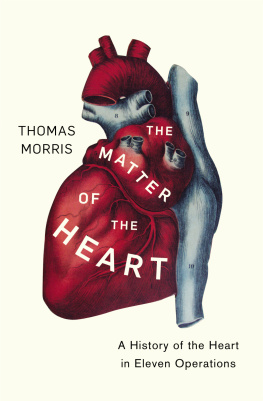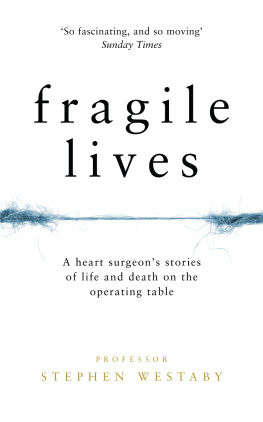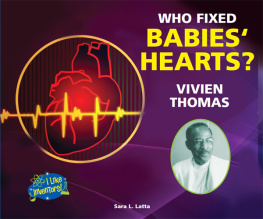Acknowledgments
I WANT to thank the following individuals and institutions for their generous help and encouragement: Dr. Michael A. Parziale of the Summit Medical Group for describing in detail what it is like to cut into a human chest and what a surgeon then encounters; Dr. Vincent P. Laudone of Memorial Sloan Kettering Cancer Center for describing the difficulties of performing intricate surgery in such a small, tight space as the human chest; Dr. Florence J. Grant of Memorial Sloan Kettering Cancer Center for discussing the difficulties involved in using the open drop technique to administer anesthesia; and archivists Jolie Braun of the Duke University Medical Archives, Ken Hoge of the Texas Heart Institute, and Timothy Wisniewski of the Alan Mason Chesney Medical Archives of the Johns Hopkins Medical Institutions for providing information and helping me to secure images.
Source Notes
Preface
Descriptions of operating room 706 and the tension of those taking part in the surgery are drawn from Thomas, 99100, and Stoney, 6869.
A description of Eileen Saxons medical condition, plus details about the operation, can be found at www.neonatology.org/pdf/bluebabyoperation.pdf. Another interesting look at the operation can be found in Steve Catoes blog, Adventures of a Funky Heart!, tricuspid.wordpress.com.
I took... die: Stoney, 6869.
Bill... days: Stoney, 68.
1. In the Dog House
Information about the Hunterian Laboratory and its shabby condition came from Thomas, 5556 and 19091, and Stoney, 162.
drab hospital-green: Thomas, 55.
[Dr. Blalock and I]... dog house: Thomas, 55.
Baltimore... fill them: Thomas, 57.
individual dwellings... room: Thomas, 57.
Baltimore and prejudice are discussed passionately in Wilkerson, 811, 31, 3745, 7678, 398, and 408. Additional information came from Richard Paul Fuke, Blacks, Whites, and Guns: Interracial Violence in Post-emancipation Maryland, Maryland Historical Magazine 92 (Fall 1997), 32647, and Christopher Phillips, Freedoms Port: The African American Community of Baltimore, 17901860 (Champaign: University of Illinois Press, 1997).
There was... anyplace else: C. Fraser Smith, quoted in Partners of the Heart, Act II.
congested... grassless: Thomas, 57.
Many... suitable: Thomas, 57.
I would... challenge: Thomas, 56.
I did... told: Thomas, 59.
Who the hell... give it to him: Thomas, 60.
frightening... person: Arthur F. Raper, The Tragedy of Lynching (Chapel Hill: University of North Carolina Press, 1933), 3637.
In everyday... brutal: Wilkerson, 42.
Dr. Blalock... of him: Thomas, 16.
I told... the hall: Thomas, 16.
1996), 5258; and Mark M. Ravitch, The Papers of Alfred Blalock, vol. I (Baltimore: Johns Hopkins Press, 1966), xvxxi.
apologized... to work: Thomas, 16.
We had... mistakes: Thomas, 17.
The day... other: Thomas, 60.
[Johns] Hopkins... fortress: C. Fraser Smith, Partners of the Heart, Act II.
Trash cans... dusted: Thomas, 62.
was... too: Thomas, 62.
Knowing... situation: Thomas, 63.
no intention... here: Thomas, 63.
Good Lord... already: Thomas, 62.
I answered... later: Thomas, 6263.
had... happen: Thomas, 63.
2. The Professor and His Assistant
A concise description of Blalocks and Thomass work on shock at Vanderbilt is in Harvey, 5256. Thomas details this work as well, 14, 2126, 33, 38, 6668, and 7577.
The various forms of shock and their symptoms are discussed by Eugene A. Stead in Circulatory Collapse and Shock, Textbook of Medicine, vol. I (Philadelphia: W. B. Saunders, 1967), 58790.
I want... cant do: Thomas, 10.
I want... around: Thomas, 1011.
To me... months: Thomas, 11.
Thomas and Blalock had a long history regarding Thomass salary, documented in Thomas, 11, 1819, 44, 6566, and 18182. Before the surge in medical research after the blue baby operation, no one at a research laboratory made a great deal of money, not even the director. In addition to being African American, Thomas had two major obstacles to overcome in order to earn a fair salary. First, he had come to Vanderbilt as an unskilled janitor and was paid accordingly. Second, he sought employment at the beginning of the Great Depression, when millions of people were losing their jobs. Business owners felt that anyone working for them was lucky to be earning a regular income and werent very generous with starting salaries or subsequent annual raises.
Thomas grumbled about his wages frequently, and Blalock grumbled about his assistants frequent requests and occasional threats to resign over his low salary. Blalock had to get permission from senior administrators in the university to increase Thomass wages, which he eventually always did. Thomas always felt his contributions to Blalocks research should result in a higher salary, but he never suggested that Blalock was taking advantage of him because he was African American.
Background information on Thomas and his upbringing is from Thomas, 38.
Our parents... expectations: Thomas, 5.
excellent seamstress: Thomas, 4.
My father... carpentry: Thomas, 6.
So we... Saturdays: Thomas, 6.
I... embarrass you: Thomas, 7.
my father... old: Thomas, 6.
Blalock and a fellow doctor, J. W. Beard, described their very careful research methods in two journal articles: Archives of Surgery 22, no. 617 (April 1931), and the Journal of Clinical Investigations 11, no. 311 (March 1932). Thomas elaborated on Blalocks research techniques and his training in Thomas, 2329.
Dr. Blalock... conclusions: Thomas, 27.
The volume... being done: Thomas, 24.
I did... activity: Thomas, 25.
3. Surrounded by Failure
.
.
Congenital... size: G. Wayne Miller, King of Hearts: The True Story of the Maverick Who Pioneered Open Heart Surgery (New York: Crown, 2000), 11516.
A technical study of congenital heart defects, with detailed illustrations, is found in Allen D. Everett and D. Scott Lim, Illustrated Field Guide to Congenital Heart Disease and Repair (Charlottesville, Va.: Scientific Software Solutions, 2010), 9295.
A very good discussion of Helen Taussigs family, upbringing, and early education can be found in Baldwin, 317.
In 1969 only 9 percent of all medical students were women. A year later, the Womens Action Group filed a class action suit against every medical teaching facility in the United States, claiming discrimination in their admission policies. Medical schools immediately began to admit more women, and today more than 50 percent of all medical students are women. A very clear overview of this situation can be found in Walsh. Learn more about Taussigs personal struggle to become a doctor in Baldwin, 2228.
My father... undertook: Baldwin, 14.
so... students: Baldwin, 24.
Many writers have described Taussigs loss of hearing and how she coped with it. Baldwins account, 3740, is concise and detailed.
Adversity... with her: Baldwin, 17, 40.
Tetralogy of Fallot was described as long ago as 1672 by the Catholic bishop and scientist Niels Stensen, who did pioneering research in both anatomy and geology, and was eventually named for the French physician tienne-Louis Arthur Fallot. The condition currently occurs in approximately 400 babies per 1 million births (or 52,000 per year worldwide). It is very treatable, especially when diagnosed and treated early. World and Olympic snowboarding champion Shaun White was operated on for the defect twice before his first birthday.
A clinical explanation of the defect is found in Beeson and McDermott, 612. Also see Stoney, 8; Thomas, 8081; and Weisse, 4041. Two reliable websites also provide information and illustrations. One is at the National Heart, Lung, and Blood Institute (www.nhlbi.nih.gov/health/health-topics/topics/tof) and the other is at the Centers for Disease Control and Prevention (www.cdc.gov/ncbddd/heartdefects/TetralogyOfFallot.html).


